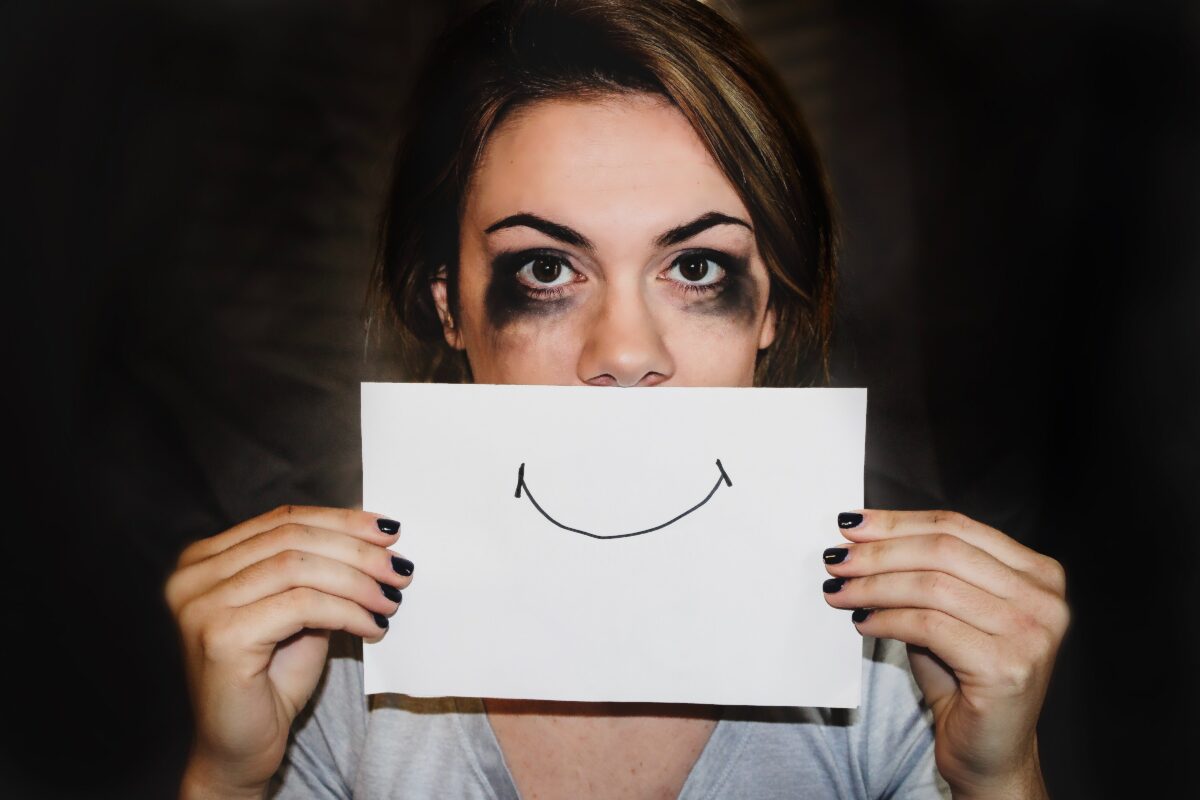
August 29, 2019
The Truth About Bipolar
SHARE
The term “bipolar” is sometimes used in jest to describe personality traits. However, bipolar is a serious disorder that affects more than 5 million Americans.
It’s a brain disorder that causes manic-depressive episodes,
which are characterized by unusual and extreme shifts in mood, energy, and
activity levels. These episodes can affect a person’s ability to do everyday
tasks.
Symptoms usually begin in the late teens or early adult years, but the average age of people living with bipolar disorder is 25 years old. However, it can also occur in children.
What Does Bipolar Disorder Look Like?
People with bipolar disorder have mood episodes that dramatically affect how they feel and act. They experience manic episodes where their mood is elated, and their energy level is very high. They feel like they are capable of doing anything and often make reckless decisions or take unusual risks.
The manic episodes are followed by depressive episodes where
their mood is extremely down and they have no energy. These episodes can be so
low that the person cannot get out of bed, and their sleeping patterns change
drastically. They may even contemplate suicide.
What Causes Bipolar Disorder?
Scientists and doctors generally agree that there is no single cause of
One potential cause for concern is the person’s brain
structure and function. Scientists have found that the brain of a person with
bipolar disorder is structurally different from that of a healthy person.
Another potential cause of bipolar disorder is genetics and
family history. Typically, bipolar disorder runs in families. A person with a
close family member who has bipolar disorder is likelier to develop it,
compared to a person who doesn’t have a family history of the disorder.
However, a genetic predisposition doesn’t mean that a person is bound to become bipolar. Scientists have conducted studies on identical twins and discovered that one might become bipolar while the other one doesn’t.
Can Bipolar Disorder Be Cured?
There is no cure for bipolar, yet. However, various treatments are available to help people who are living with bipolar disorder take control of their mood episodes and enjoy life more fully. If bipolar disorder is left untreated, it can cause severe symptoms, even death.
The most common forms of treatment are medications such as
mood stabilizers, antipsychotics, and antidepressants, and psychotherapy such
as cognitive behavioral therapy or family-focused therapy.
The most appropriate treatment method varies depending on
the bipolar disorder as well as individual preferences. As such, the treatment
must be tailored specifically for each individual.
